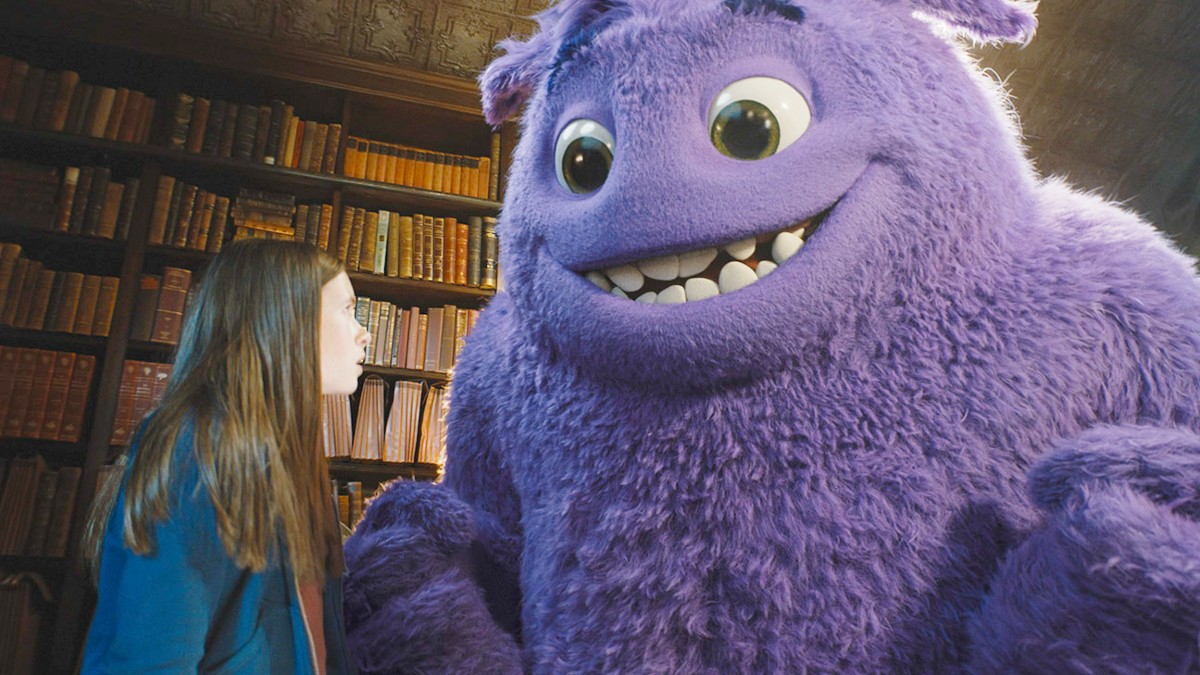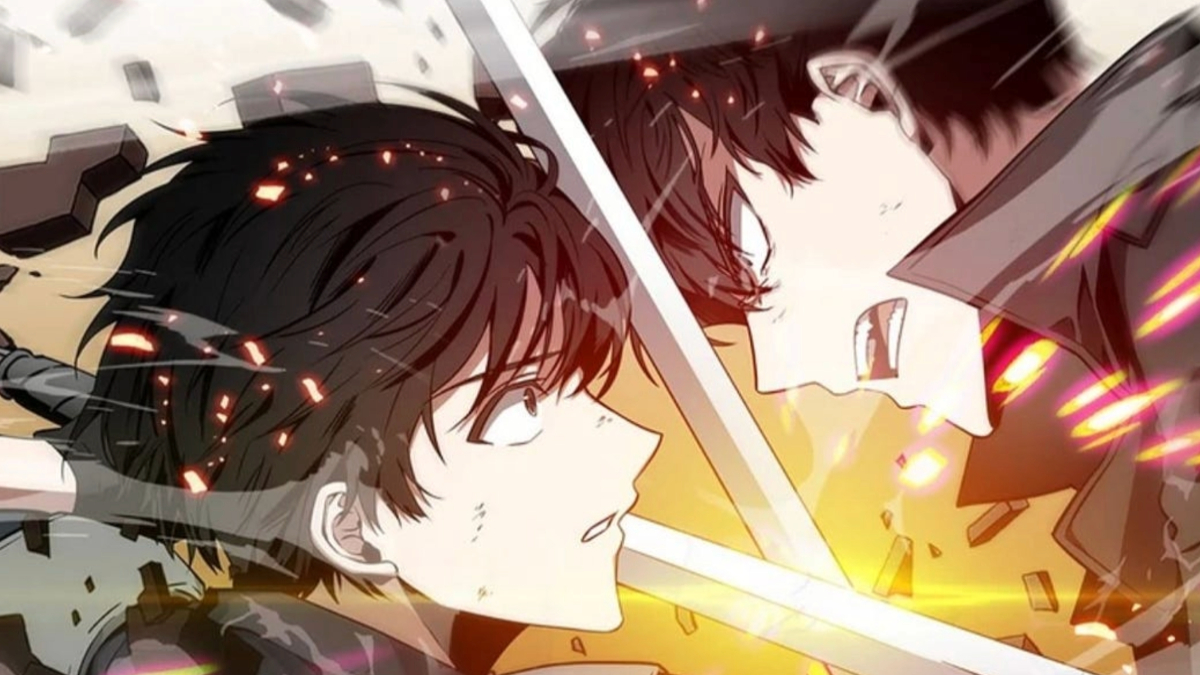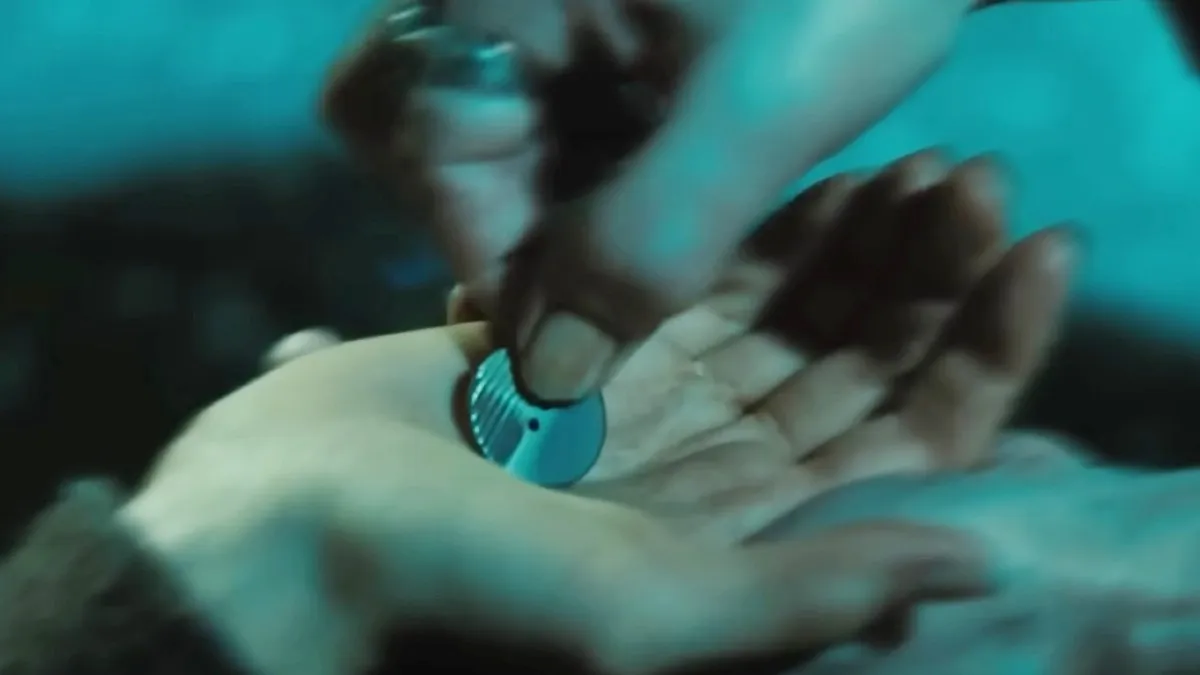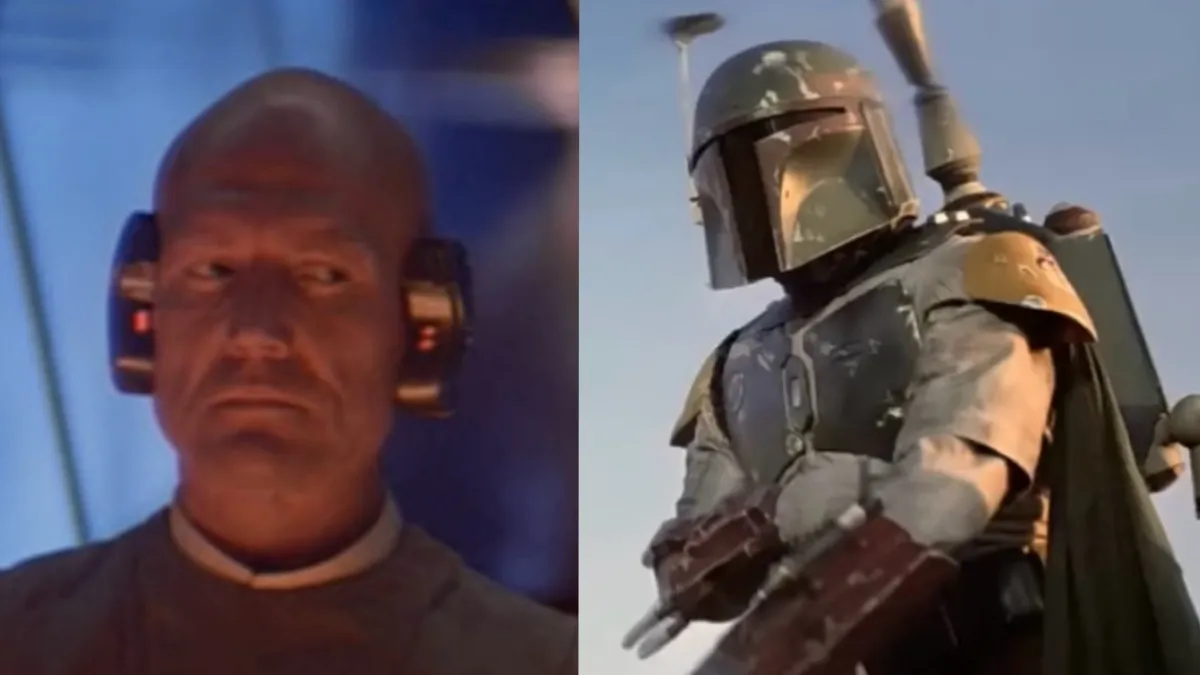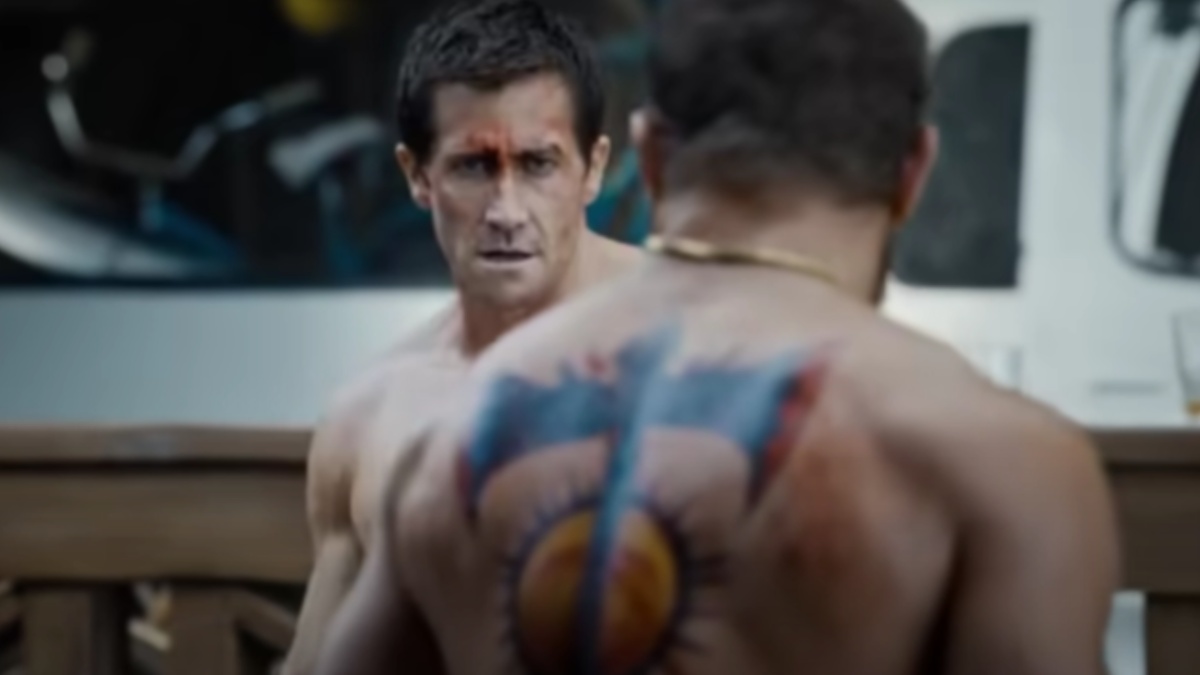In 2008, a giant, monstrous creature of an unknown origin, dubbed by authorities as the Large Scale Aggressor (LSA), wreaked havoc upon Manhattan, leaving countless dead. After failed attempts to bring down the aggressor, the military and government resorted to the ‘Hammer Down Protocol,’ which destroyed the island in high-impact and high-intensity bombings. The events were recorded extensively on a camera found at the impact site, later classified as a top-secret piece of evidence and locked in the Cloverfield files. Matt Reeves’ found-footage thriller of the same name unravels that recording.
The found-footage thriller that Reeves, Drew Goddard, J.J. Abrams, and concept designer Neville Page brainstormed found a massive following and significant presence among films with such offbeat conceptualization. Later, the same film kicked things off for two follow-up films, shaping up the Cloverfield film franchise. Though part of the same series, the three movies cater to different stories set in different periods and feature new ensembles each time. That makes it highly unusual for what registers as a cinematic universe. Yet, they all have a connection beyond sharing the name ‘Cloverfield’ in the titles.
The Cloverfield series sells well on unpredictability. It took eight years for the 2008 film to spawn a sequel, which was nothing more than a spiritual follow-up or a standalone entry in the franchise. Given the same climactic element as Cloverfield, the sequel, Dan Trachtenberg’s 10 Cloverfield Lane, was put along the same lines as Matt Reeves’ movie. However, after two more years, J.J. Abrams produced Julius Onah’s The Cloverfield Paradox. This straight-to-streaming release unified the previous two films in the most unusual, yet creative manner. The Cloverfield Paradox extended a narrative link that eventually bound the three films together, giving a new value to the Cloverfield franchise.
And that’s how we explain how the three films tactically connect a single event and create an unworldly timeline that bridges the space-time gap between them.
The Cloverfield Paradox: A Theory of Unprecedented Consequences

In 2028, Earth has potentially lost its energy resources. Struggling with resource crises, a team of scientists is sent on a space mission to ignite a particle accelerator that is thousands of times more potent than any made before. The particle accelerator is proposed to create a flow of free new energy, solving the crises for all humankind.
However, Howard Stambler, a conspiracy theorist, resists the experiment. He claims that Earth’s efforts to repurpose its energy resources may lead to an unwanted phenomenon that will break the barriers of the space-time continuum. Stambler suggests that the power exerted by the ignition will lead to an interaction between several universes, alternate realities, or, as the superhero-genre fans would know it, the multiverse. The Paradox suggests that the energy flux will lead several particles to engage in cross-reality interactions. That may also be inter-dimensional travel. However, on the verge of extinction and confident in the accelerator’s operational outcome, the scientist fires it and suffers an overload shock. What happens next directly conjoins The Cloverfield Paradox and the other two films.
The Worlds Collide

Initially worried about the overload and the functional meltdown of the accelerator, the team begins to experience unexplainable events on their space station. They are thrown off course and cannot navigate back to their orbit, thus, losing the planet out of sight. Later, they find an unknown, additional person at the station, stuck in a power panel with wires attached to her body. And then there is unknown and unaccounted data scrambled throughout their files which seems to accuse a German member of the team, Ernst Schmidt, of espionage.
However, the team eventually realized that the Paradox was real, and the strange events were occurring because they interacted with particles and elements of other realities. A furthermore blow to their minds arrives when they navigate back to Earth, only to find it’s not the Earth they are from. Instead, they have crashed with another reality, another Earth, and have traveled across space-time into a different universe.
The team’s efforts to reverse the accelerator’s doing and fight off remnants of inter-dimensional interaction make up the rest of the plot; the film’s climax intrigues the audience into the Cloverfield lore. Ultimately, Schmidt reverse-engineers the accelerator and successfully ignites it without causing another overload. That results in them re-establishing contact with the ground team of ‘their’ Earth, making things right and better (with a flux of new energy in generation). But that’s not all.
Earth is No Longer the Same in 2028

Though the shuttle makes contact with the ground and reenters the planet’s atmosphere after the mission’s success, the Paradox has already started making a dangerous impact on Earth in 2028. Throughout the film, while the shuttle focuses on the cautionary task at hand, Earth faces a series of destructive events caused by an unnatural phenomenon. It turns out the Paradox has caused an extraterrestrial species, probably from another dimension, to cross over into the existing reality. They have caused havoc on Earth, and people are taking shelters underground to escape their wrath. The film ends with a giant monster, larger than anything else in this world, rising above the clouds and bursting out a roar.
The film’s open ending suggests that the Paradox has led to a large-scale invasion on Earth from inter-dimensional aliens. Though the accelerator has solved the energy crises, the damage to realities has been done. Now, everyone across several realities must deal with a more severe threat.
The Paradox Extends to Cloverfield

Since Paradox breaks space-time barriers, it’s implied that the 2008 LSA event in Manhattan is directly linked to the experiment conducted on Shepard in 2028. The opening of space-time barriers led another such monster to travel in the past and unleash its wrath on Manhattan, the truth of which was recorded on a camera. But both events, though similar in nature, occur in different periods and realities. The 2008 Cloverfield event is just a remnant of The Cloverfield Paradox. It happens on an alternate Earth than the two featured in the latter. However, the fact that the two films exist in different worlds is not directly mentioned but only implied in the threequel.
This way, The Cloverfield Paradox unifies Cloverfield in retrospection and, technically, in introspection. The Cloverfield Paradox becomes both a prequel and a sequel to the original film, narratively binding the two together. The third entry in the trilogy alters history, the present, and probably the future across dimensions and creates a casual loop of sorts. It’s obviously not exact physics, but it cements the franchise in the ideas of pop culture’s versions and variations of cosmic science.
10 Cloverfield Lane: The Essential Middle Link
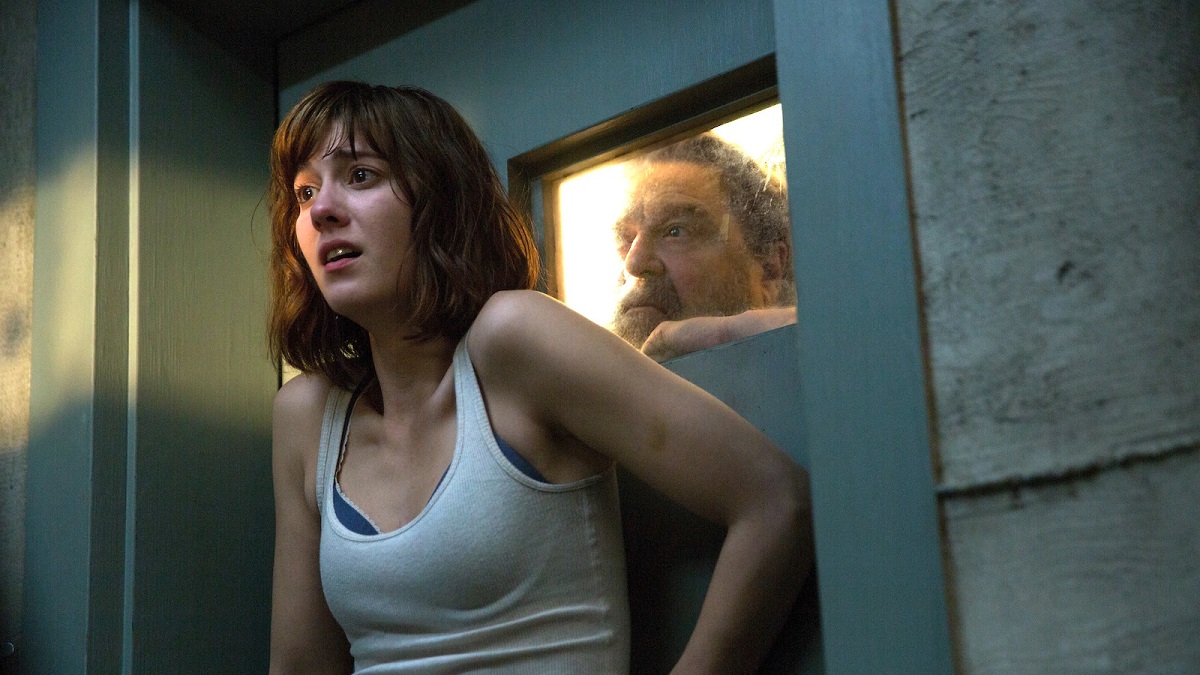
Cloverfield and The Cloverfield Paradox bind together with the paradoxical inter-dimensional travel of extraterrestrial beings. 10 Cloverfield Lane maintains a similar ground but with another connection to The Cloverfield Paradox. It’s a story of a woman named Michelle, who finds herself trapped in an underground shelter after being run off the road in an accident. The shelter’s owner, Mark Stambler, claims an ‘attack’ has rendered the air outside unbreathable. How Michelle then struggles to uncover the truth and find out if there really is a threat outside makes up for the film’s central plot.
10 Cloverfield Lane, like The Cloverfield Paradox, navigates on a different spectrum, with the monster-alien creature being just a subplot of it all. However, given that the latter explains the phenomenon throughout the franchise, it finds itself closest to the original than 10 Cloverfield Lane. However, 10 Cloverfield Lane has its own connections to the threequel.
The conspiracy theorist Howard Stambler in The Cloverfield Paradox carries the same surname as Mark Stambler. Moreover, a woman named Leslie (played by Suzanne Cryer), who appears to be a victim of the attack in 10 Cloverfield Lane, appears in a different role in Paradox. And moreover, both films feature similar shelters built to store supplies and keep occupants safe from an existential threat on the surface. Can Suzanne Cryer play two different variants of the same character in both films? Are the two Stamblers related? And why do both films feature similar doomsday shelters? Well, there is an intended connection here, but it isn’t a hundred percent precise.
It’s primarily due to the production process of the two films. 10 Cloverfield Lane was intended to be a spiritual successor of Cloverfield. However, the idea of The Cloverfield Paradox gave the makers a vision to unify the three films narratively. Therefore, the connections are implied to be a part of the ripple effect the Paradox causes throughout the multiverse and have 10 Cloverfield Lane retrospectively connect to the other two films. Hence, it’s derivative that the biomechanical alien beings that threaten the world of 10 Cloverfield Lane have slid into that reality because of the particle accelerator the scientists in The Cloverfield Paradox fired.
It’s All Cosmically Connected

Cloverfield (2008) was an original conceptualization spun from Godzilla. However, the following two films weren’t intended to be Cloverfield successors. In fact, both were based on spec scripts. 10 Cloverfield Lane was a psychological thriller called The Cellar. The Cloverfield Paradox was a science fiction film called God Particle. However, Abrams saw potential in both scripts to establish a connection to Cloverfield, which he later conjoined in the third one.
Unlike other cinematic universes, films of the Cloverfield franchise exist both as separate entities and interconnected storylines. All three films form an anthology-like continuity where each entry plays on different, self-contained genres and eventually flips into cross-dimensional tellings. This way, the movies maintain a connection while acting as three standalones. It’s a creative, provocative, and intriguing way to tell stories on par with the same core elements.
But it’s all connected. Breaking barriers of space and time and crossing over to alternate realities, the monsters are keeping the anthology together.
Watch Cloverfield Film Series in Order
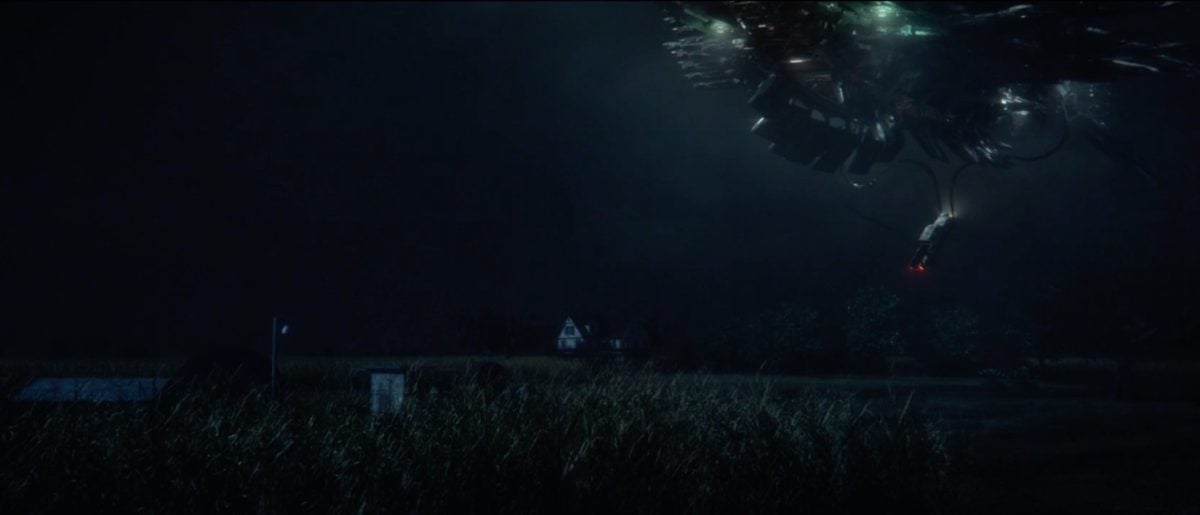
This causes a slight concern about the franchise’s watch order. To casual viewers, the three films have their individuality. But, those invested in Cloverfield from the first film will always find a multiversal connection between the three films, especially if you revisit the first two after watching The Cloverfield Paradox. We have created a watch order of the film series that you can check out and understand how things unravel in the cross-dimensional setting of the Cloverfield film series.
A fourth film is in development and is intended to be a direct sequel to the first film. There is little knowledge of the plot, just like there wasn’t much revealed about the first three films. Cloverfield films have always used unique marketing tactics to keep things a secret until release. A loose thread hangs the Cloverfield continuity with many implied interpretations. Hopefully, the fourth film will offer a more robust backdrop concerning the three films’ cosmic connection.


